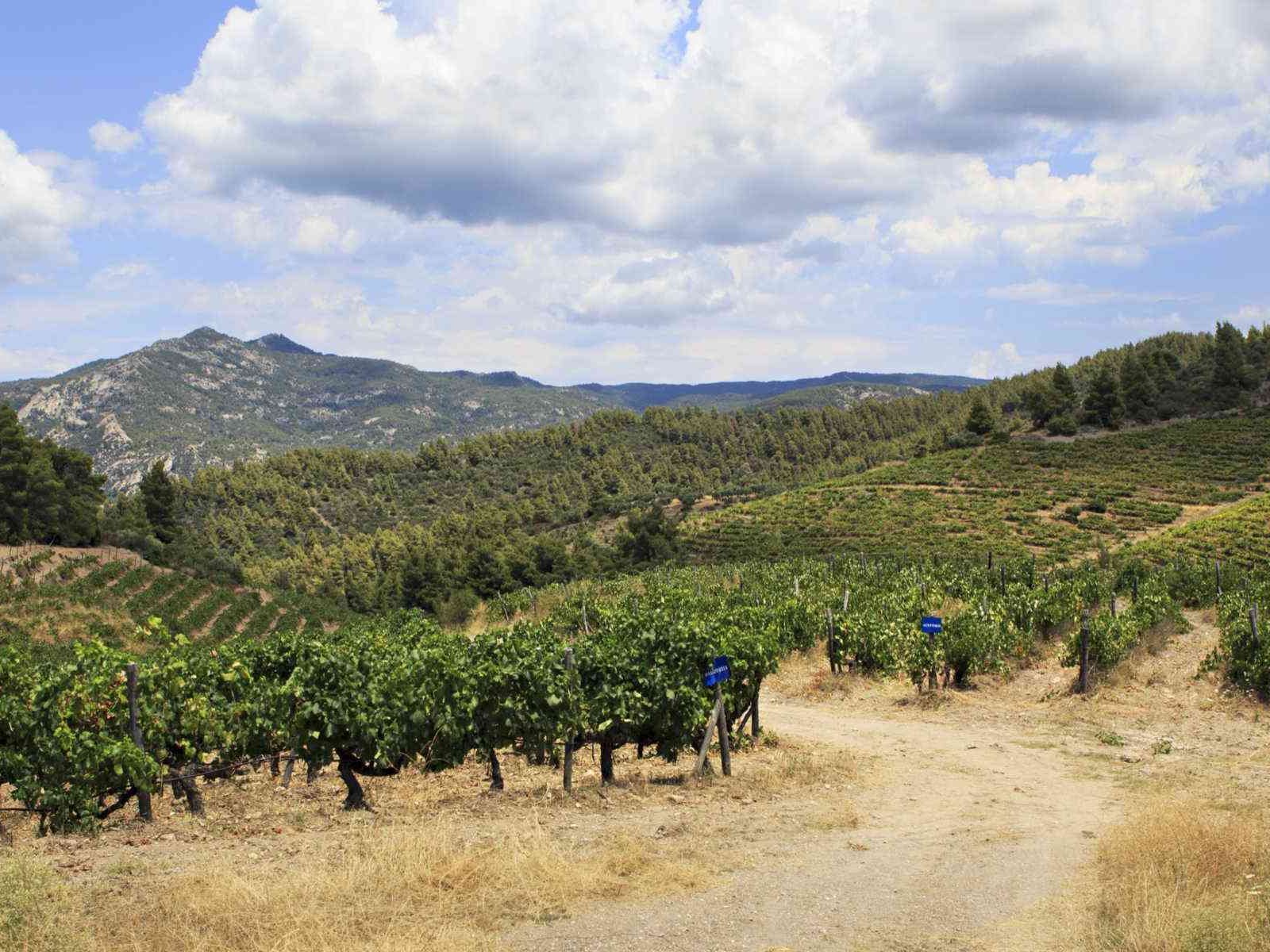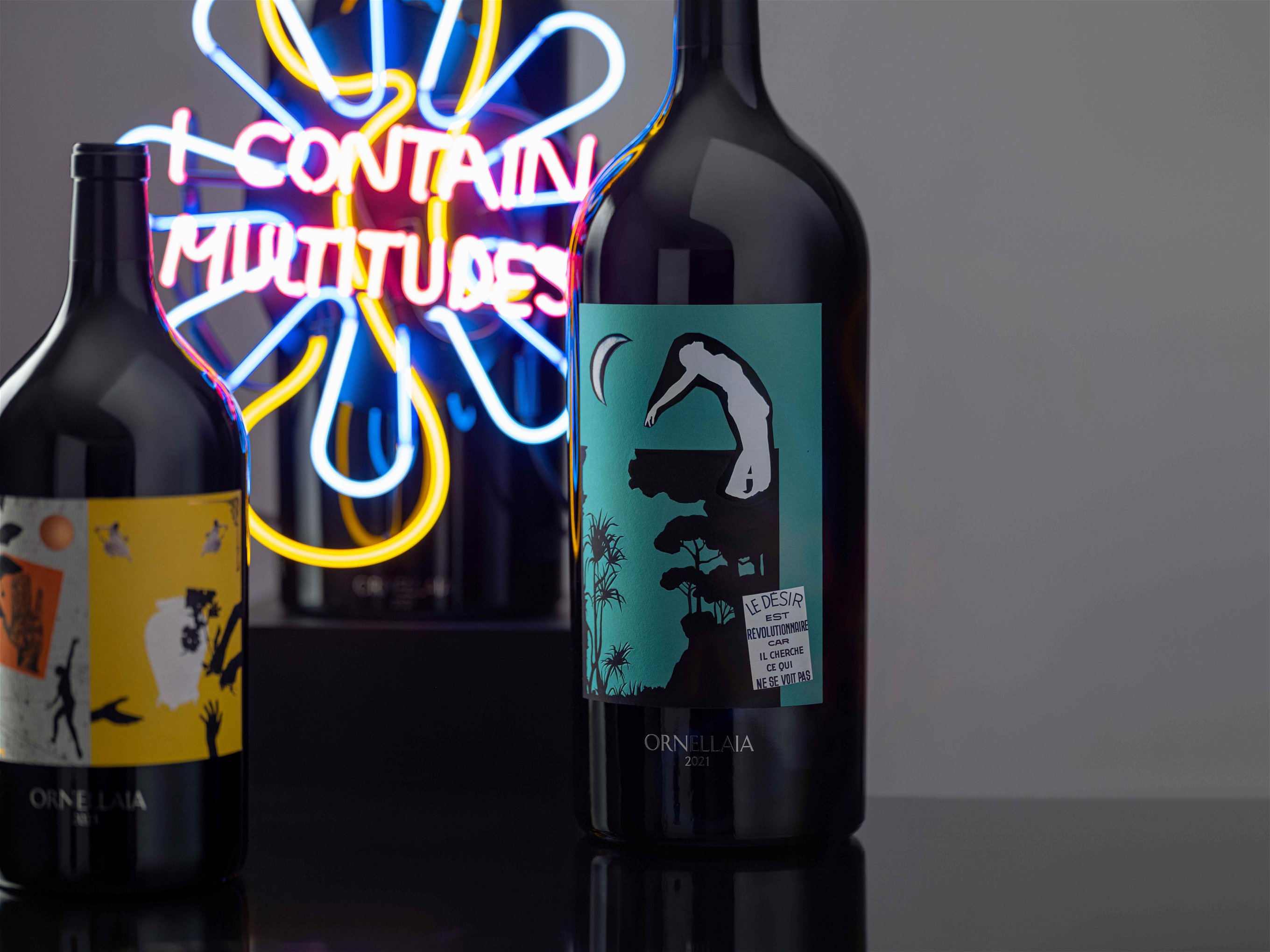Five Portuguese Grape Varieties You’ve Never Heard Of
Portugal’s exciting array of charismatic, original wines is largely thanks to its exotic portfolio of indigenous grape varieties, man of which have only recently seen their true potential recognised.
1. Loureiro
Portugal’s deliciously crisp, zesty Vinho Verde wines may be most closely associated with Alvarinho – Spain’s Albariño – but it’s certainly not the only star here. Until quite recently the vigorous Loureiro variety was generally regarded as more useful for quantity rather than any serious quality. But an increasing number of producers in this northern region of Portugal have now recognised its potential when yields are kept low.
Translating as “laurel” or “bay”, Loureiro can display the aroma of this bush, together with orange blossom, layered on top of apply, peachy fruit with a useful hallmark streak of acidity. This attractive floral character beautifully complements the structure of Alvarinho in a blend, but these days Loureiro is often given solo billing too.
Look out for prime examples from top Vinho Verde producers Soalheiro and Quinta do Ameal.
1. Loureiro
Portugal’s deliciously crisp, zesty Vinho Verde wines may be most closely associated with Alvarinho – Spain’s Albariño – but it’s certainly not the only star here. Until quite recently the vigorous Loureiro variety was generally regarded as more useful for quantity rather than any serious quality. But an increasing number of producers in this northern region of Portugal have now recognised its potential when yields are kept low.
Translating as “laurel” or “bay”, Loureiro can display the aroma of this bush, together with orange blossom, layered on top of apply, peachy fruit with a useful hallmark streak of acidity. This attractive floral character beautifully complements the structure of Alvarinho in a blend, but these days Loureiro is often given solo billing too.
Look out for prime examples from top Vinho Verde producers Soalheiro and Quinta do Ameal.
5. Aragonês
This variety is more familiar than it first appears. Aragonês is the local name for Spain’s famous Tempranillo when it appears in the southern regions of Portugal. The same variety also crops up further north in the Dão and Douro where it’s often known as Tinta Roriz.
Rioja fans feeling adventurous will revel in the sweet red fruit, tobacco leaf and spicy oak expressions so typically found in Alentejo Aragonês, where Cortes de Cima and Quinta do Mouro both produce benchmark examples. In the Douro as Tinto Roriz, the grape plays a major role in many port blends, but also lends its pedigree to the region’s unfortified wines. Churchill’s produces excellent examples of both, including the single variety Grafite Tinto Roriz.
2. Viosinho
Since the first wave of unfortified wines started to emerge from the Douro during the 1990s, this region has proved its talents extend well beyond those famous ports. Douro white wines have been a particular revelation, capturing the character of these steep, hot, schist-strewn slopes in a highly charismatic, mineral and refreshing style. Long disregarded for its unhelpfully low yields, Viosinho has now emerged as one of the region’s most highly regarded white grapes.
Full-bodied and floral yet still fresh, Viosinho has transferred its skills effortlessly from white port to Douro white wines. As anyone familiar with port production will know, blending is king in this corner of the world, so this variety rarely shines alone. Expect to find it with similarly interesting locals such as Rabigato, Gouveio and Arinto. Quinta do Crasto and Wine & Soul are just two producers successfully championing Viosinho and friends.
3. Encruzado
Only found – for the moment at least – in the Dão region, Encruzado deserves a greater share of the limelight. With its ability to balance plenty of sugar and acidity, this variety can produce wines of great richness without sacrificing vibrancy and scope for aging. Then there’s that citrus, mineral and even cedar character. If you like white wines with weight and personality, then track down Encruzado.
A great place to start is Quinta dos Roques, whose Encruzado expression has arguably done more than any other expression to bring not only this variety but the wider Dão region to international attention. Another enthusiast is Dirk Niepoort, whose various winemaking projects now include Quinta da Lomba as part of a drive to preserve and promote little known Dão varieties, including this one.
4. Baga
It’s easy to see why Baga isn’t better known. Tannic, late-ripening, susceptible to rot and often astringent in its youth, there are certainly easier grapes for both winemakers and wine drinkers to love. But persevere! In the right soil and right hands, Baga is beautiful.
Baga’s primary home is the central, coastal region of Bairrada. Here, especially with some age, that tannin and acid soften to reveal an entrancingly fragrant, fresh red wine with succulent cherry fruit and herbs. Luis Pato is a particularly renowned Baga aficionado, although his daughter Filipa Pato has very much taken up the Baga baton for her own venture nearby.














